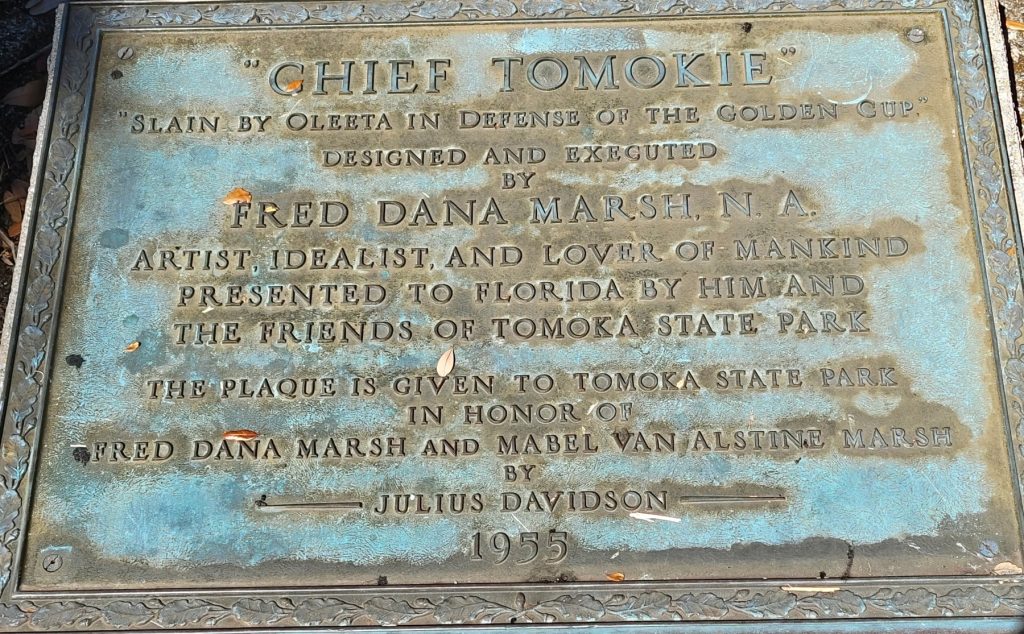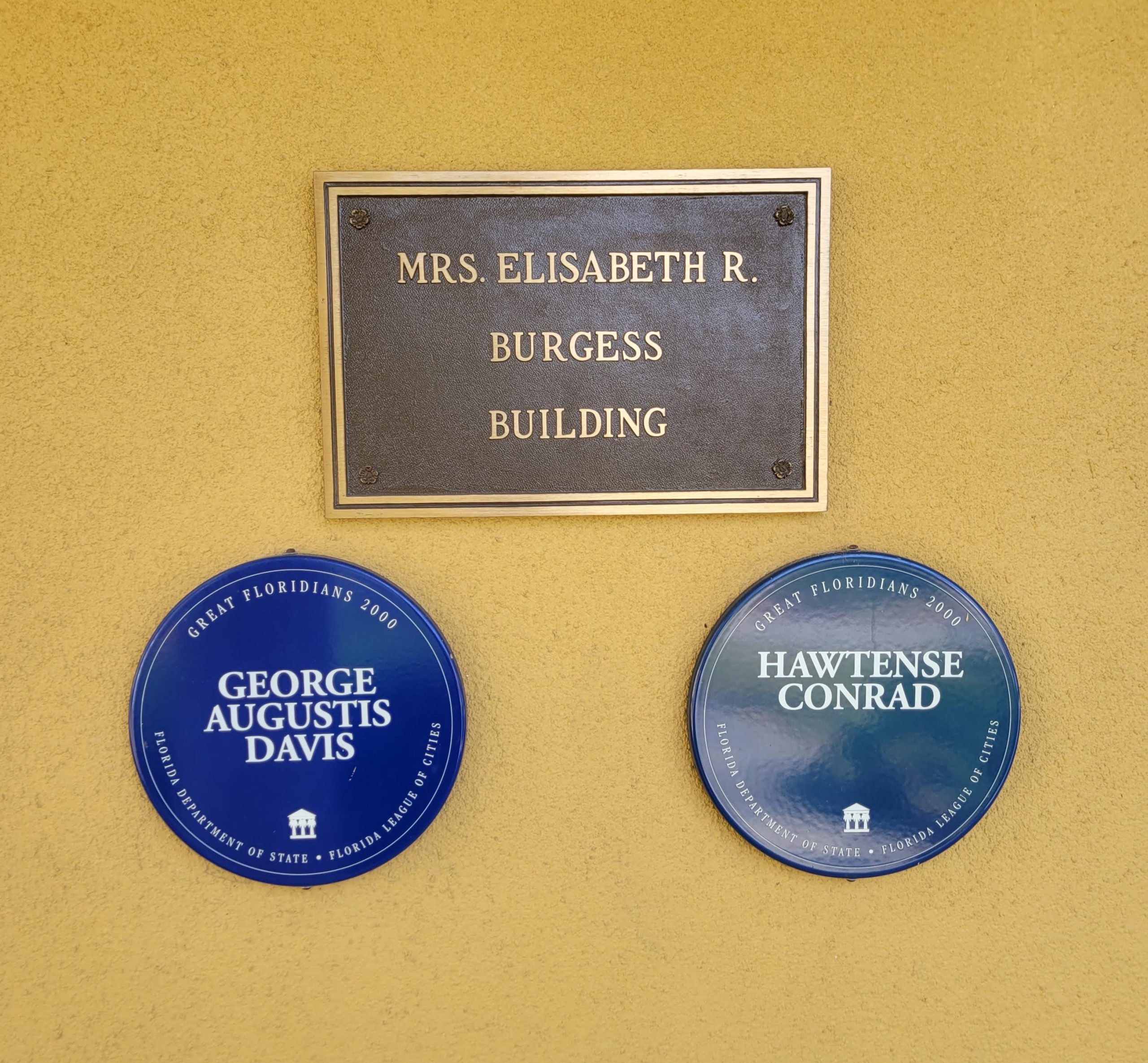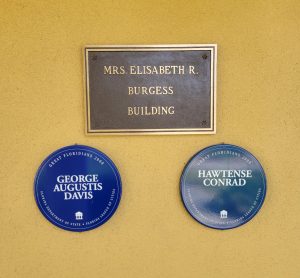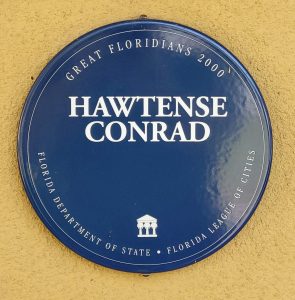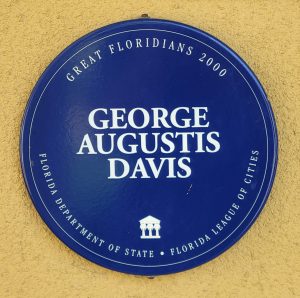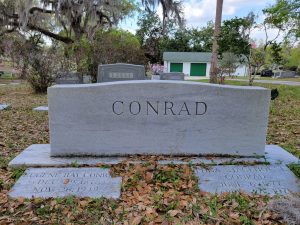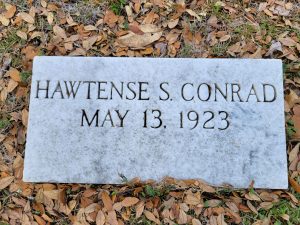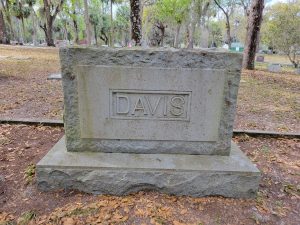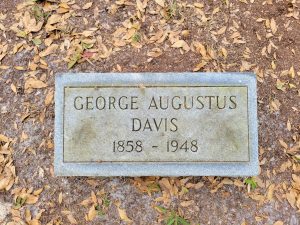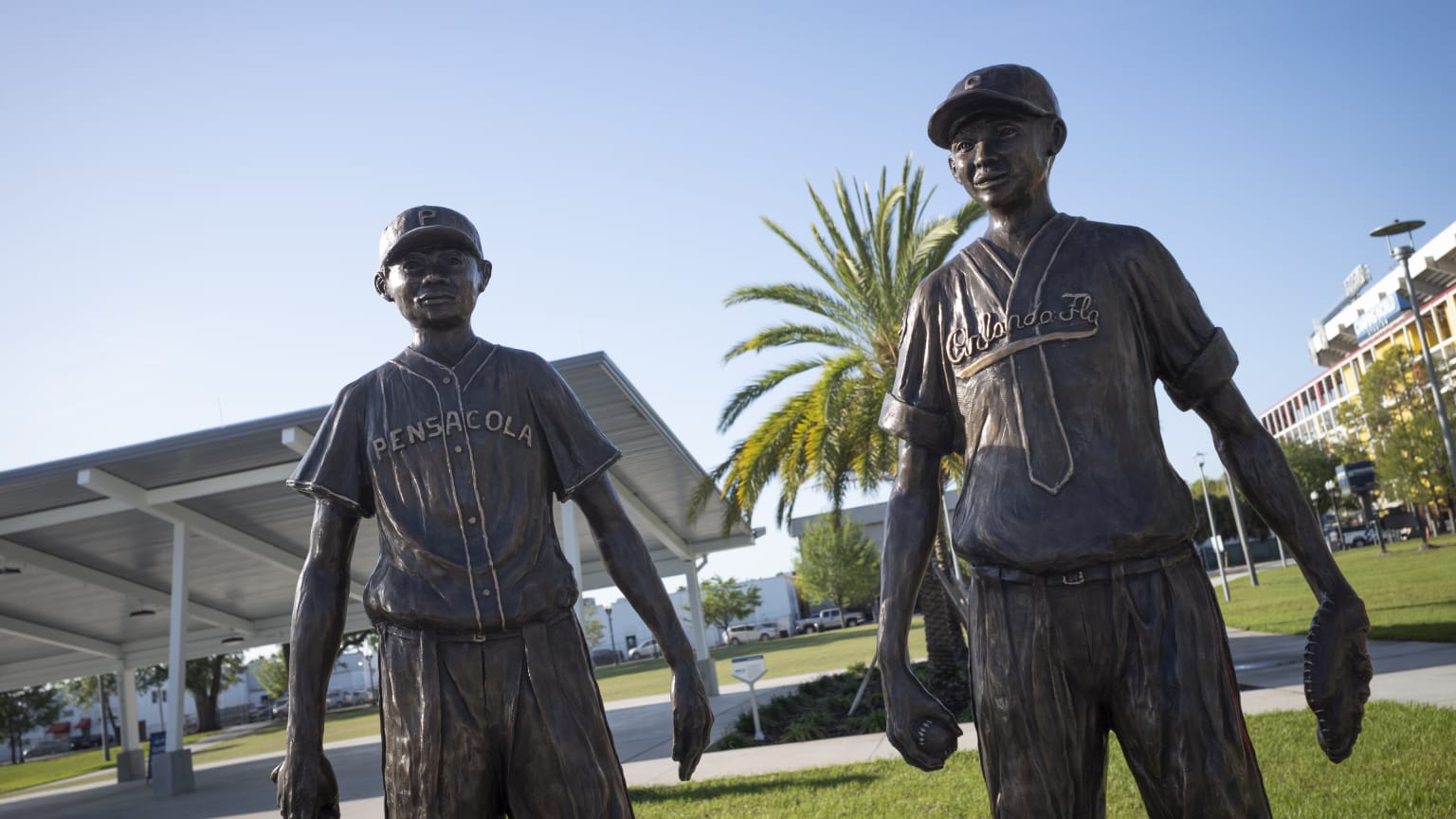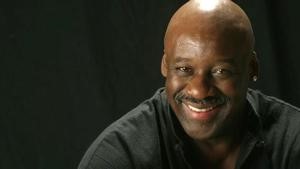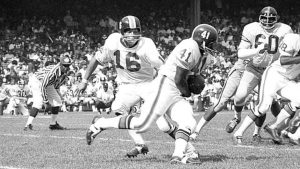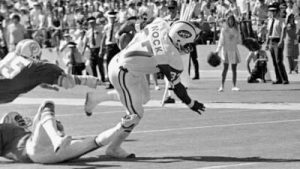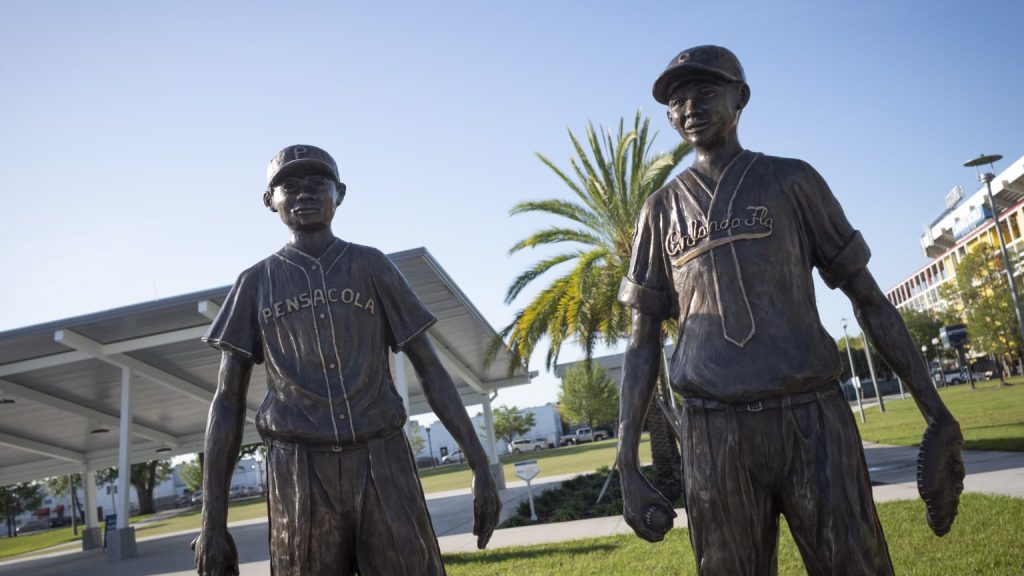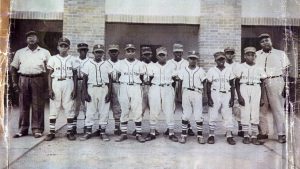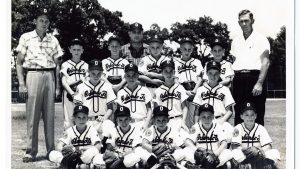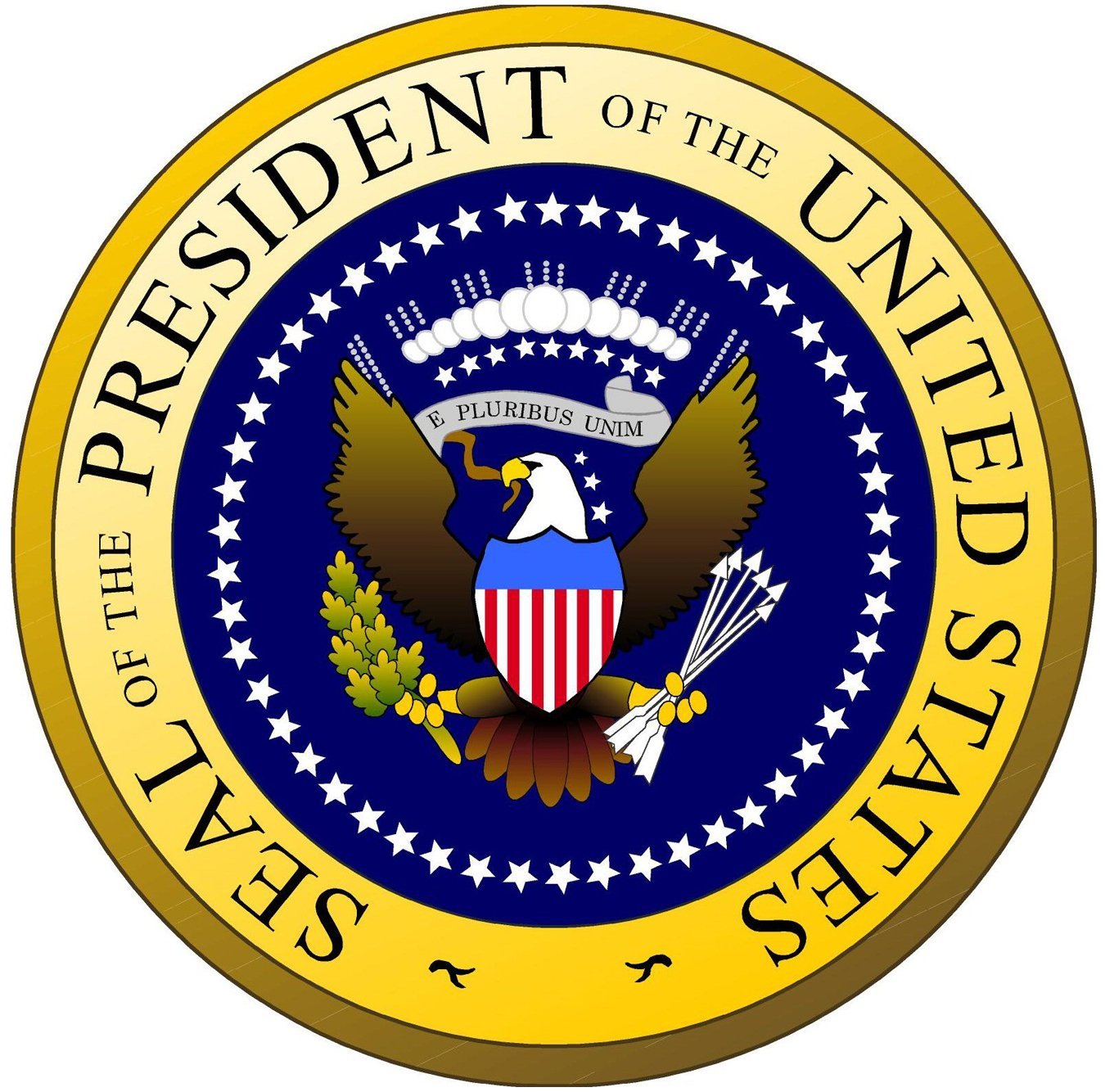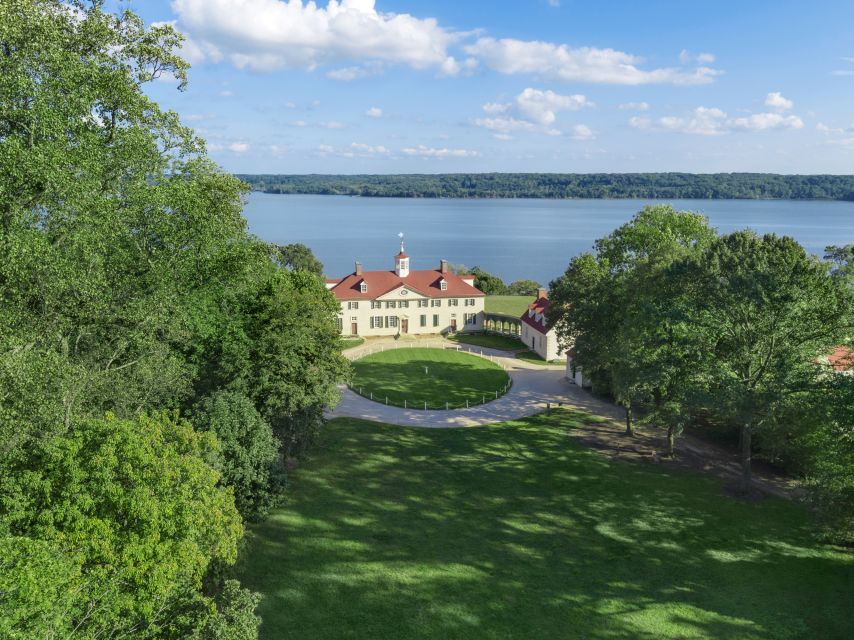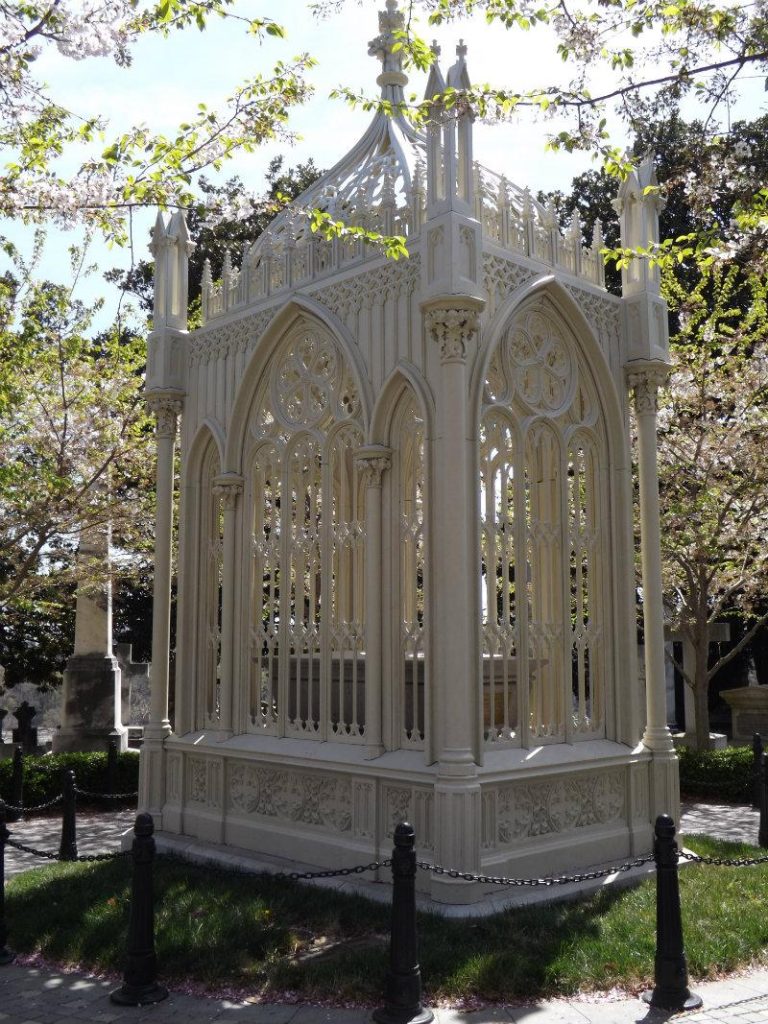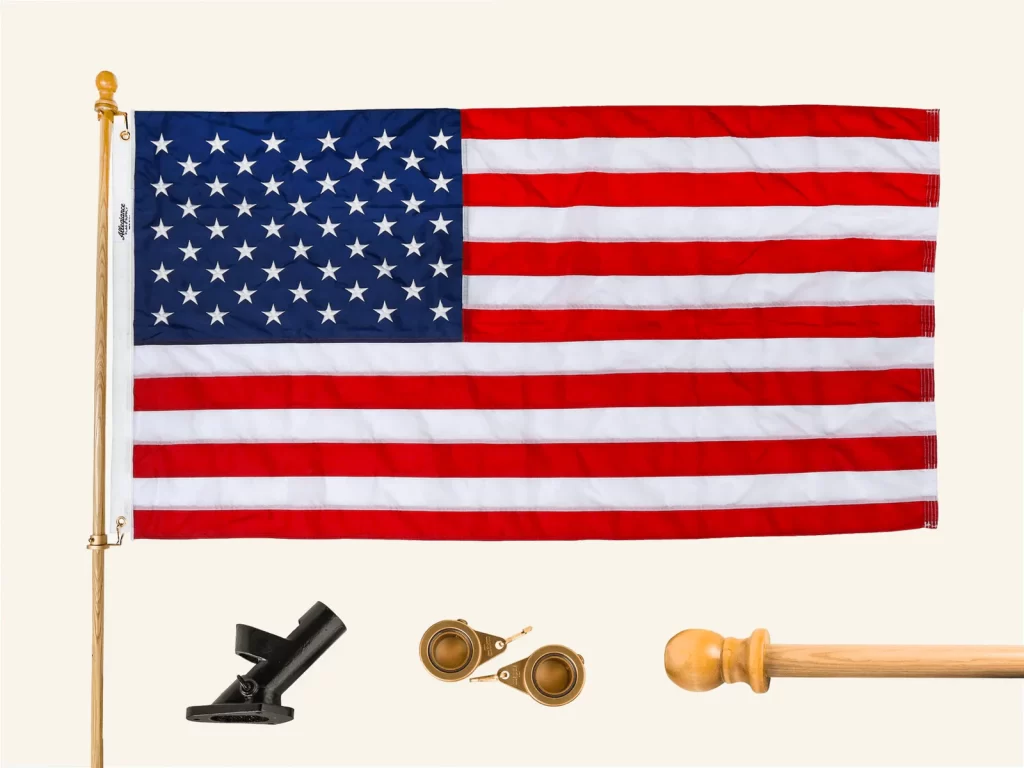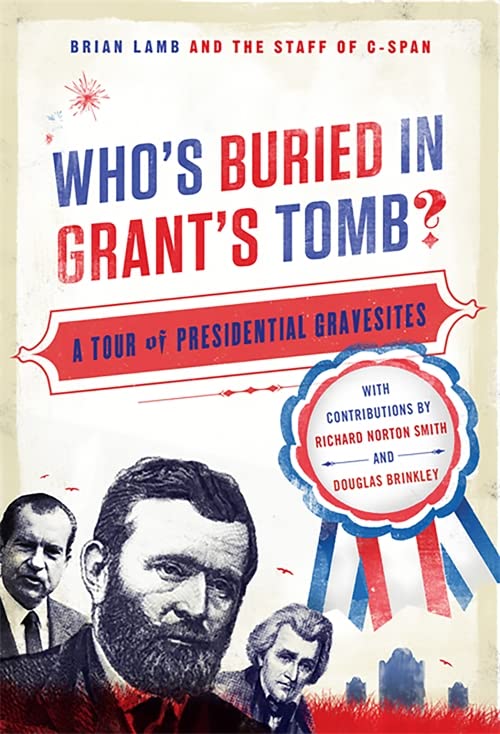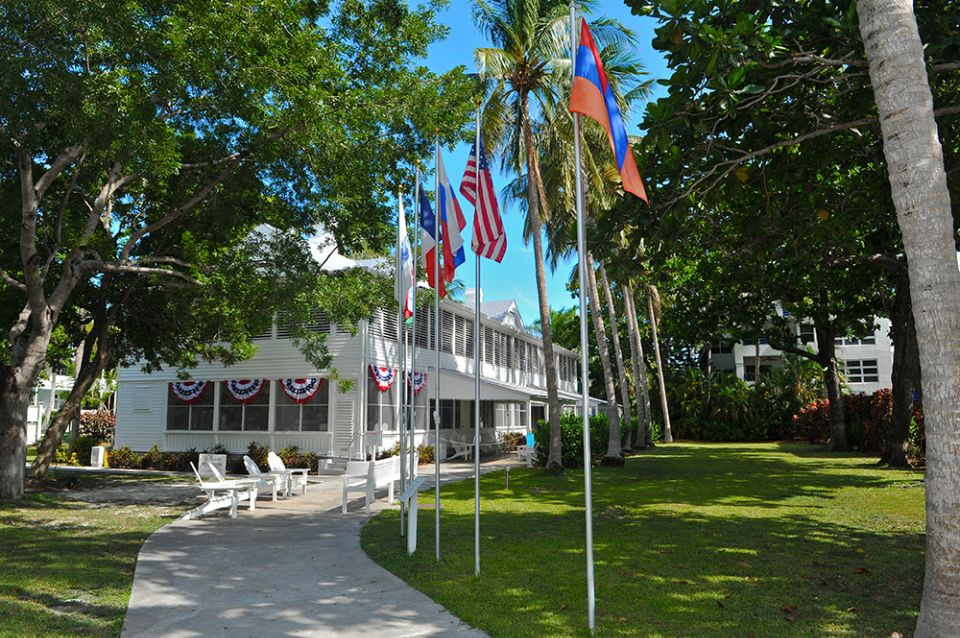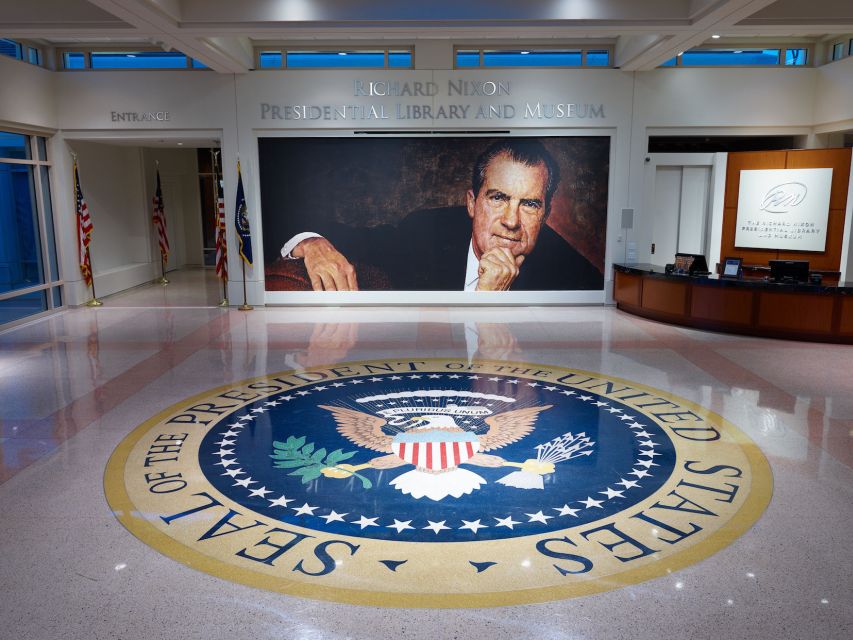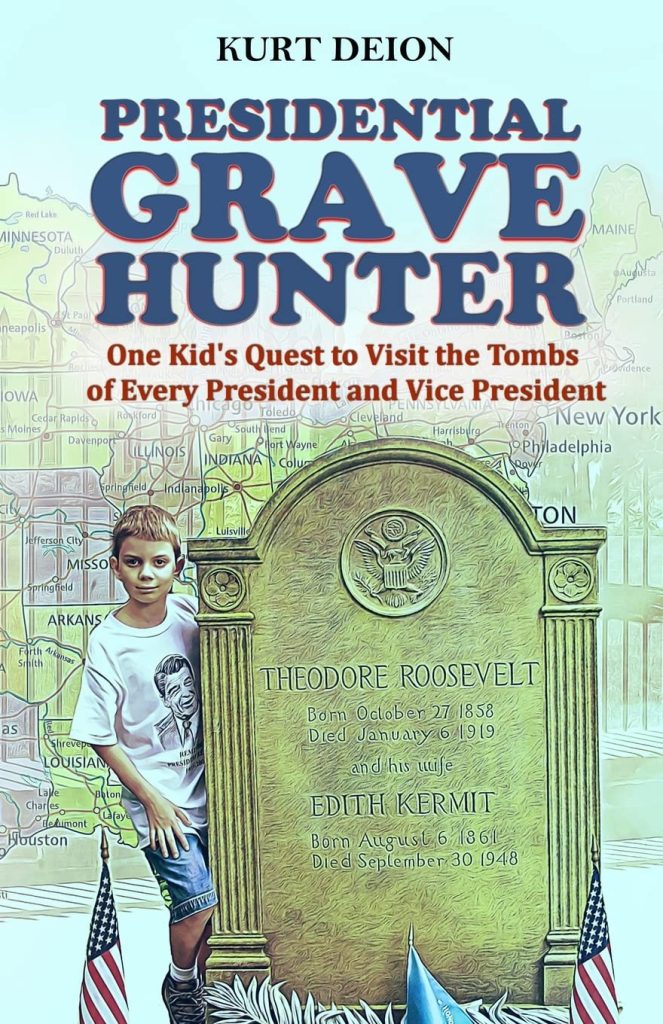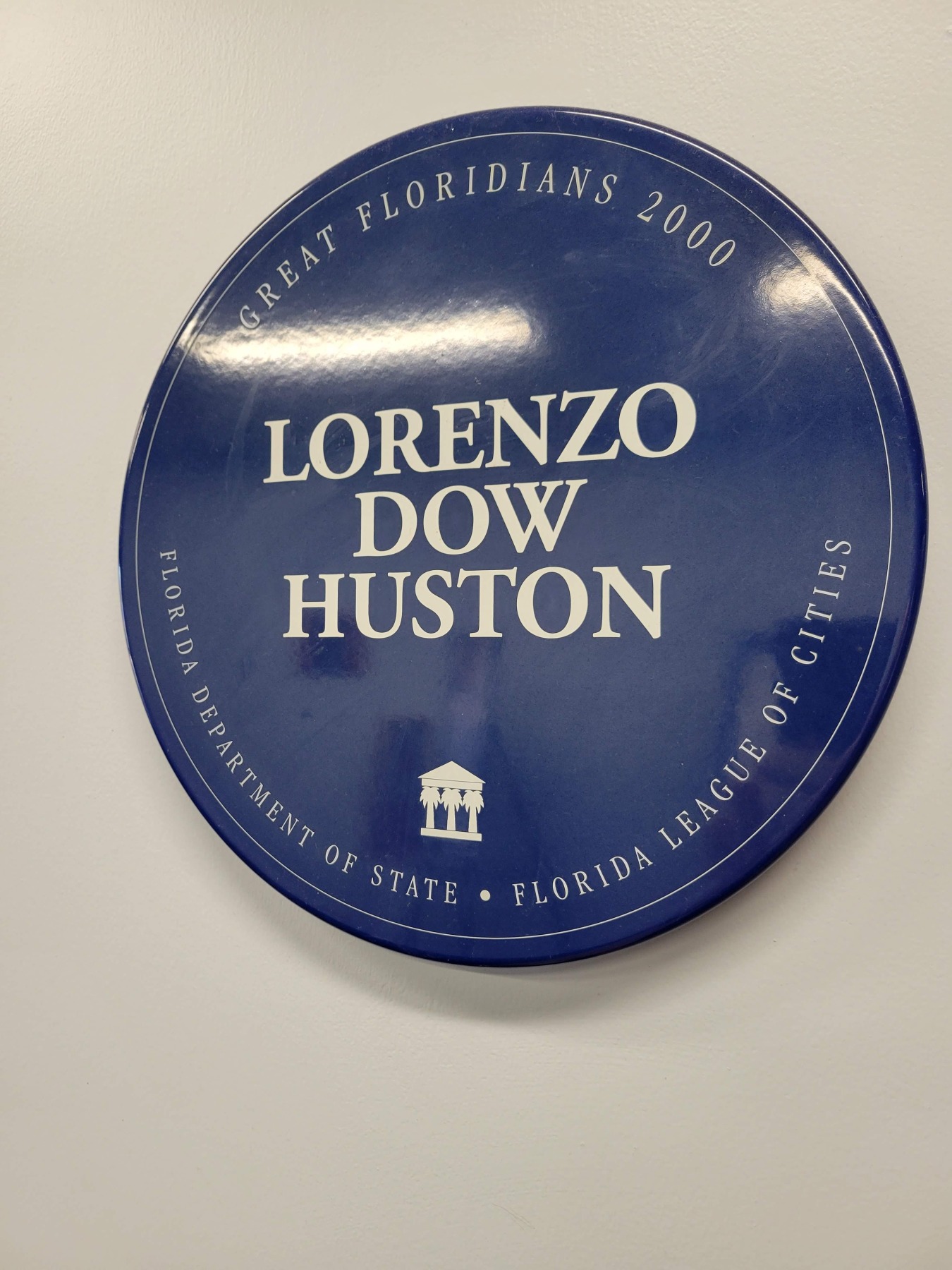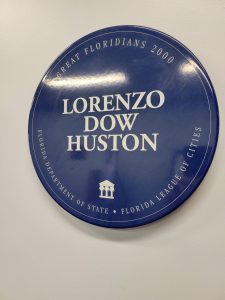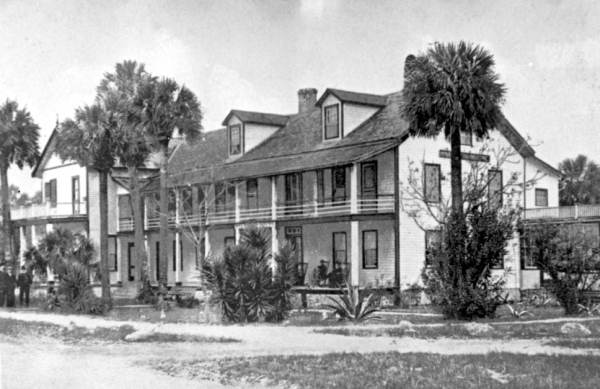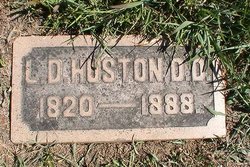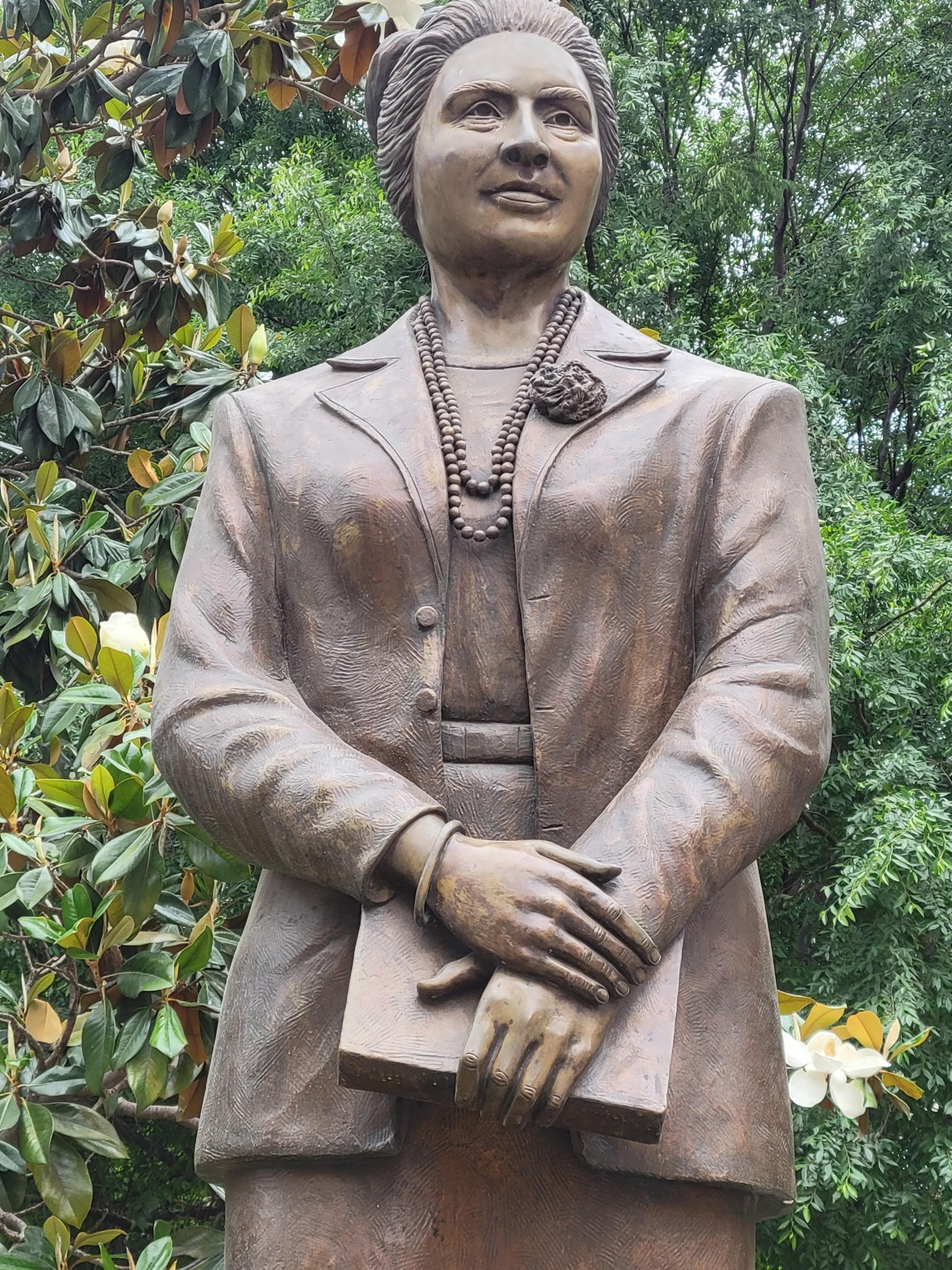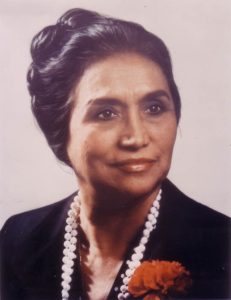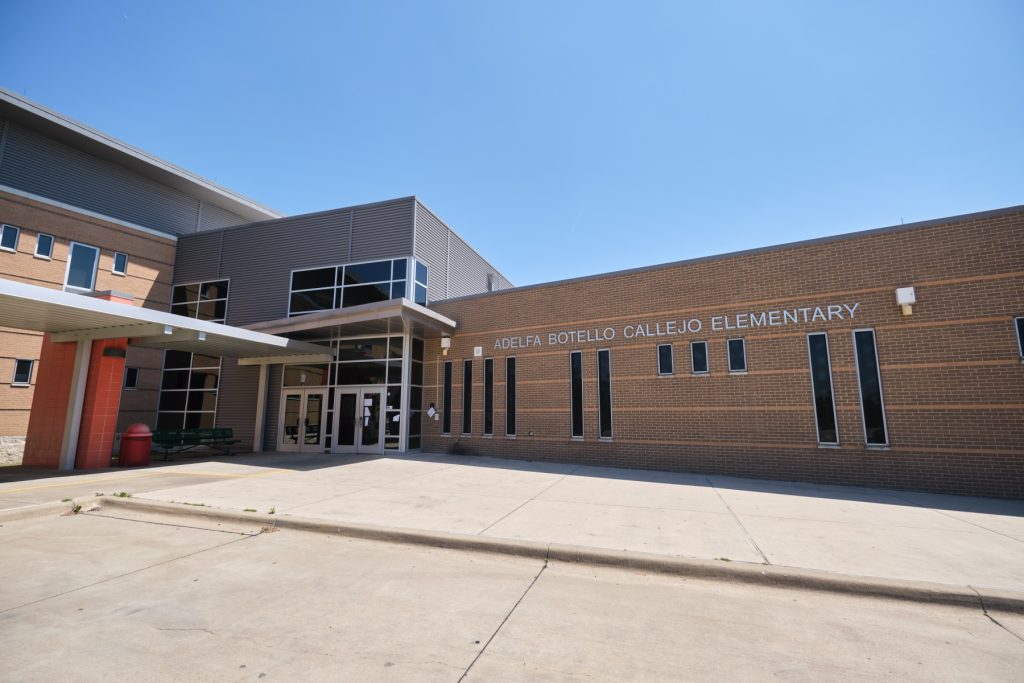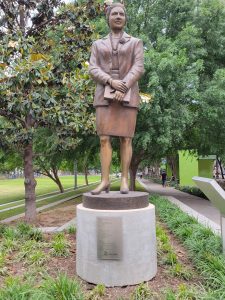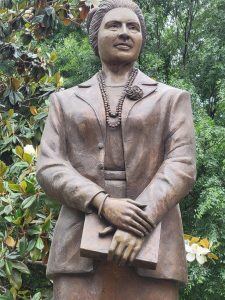Roy Nelson New Smyrna Beach Police Officer: In Memory
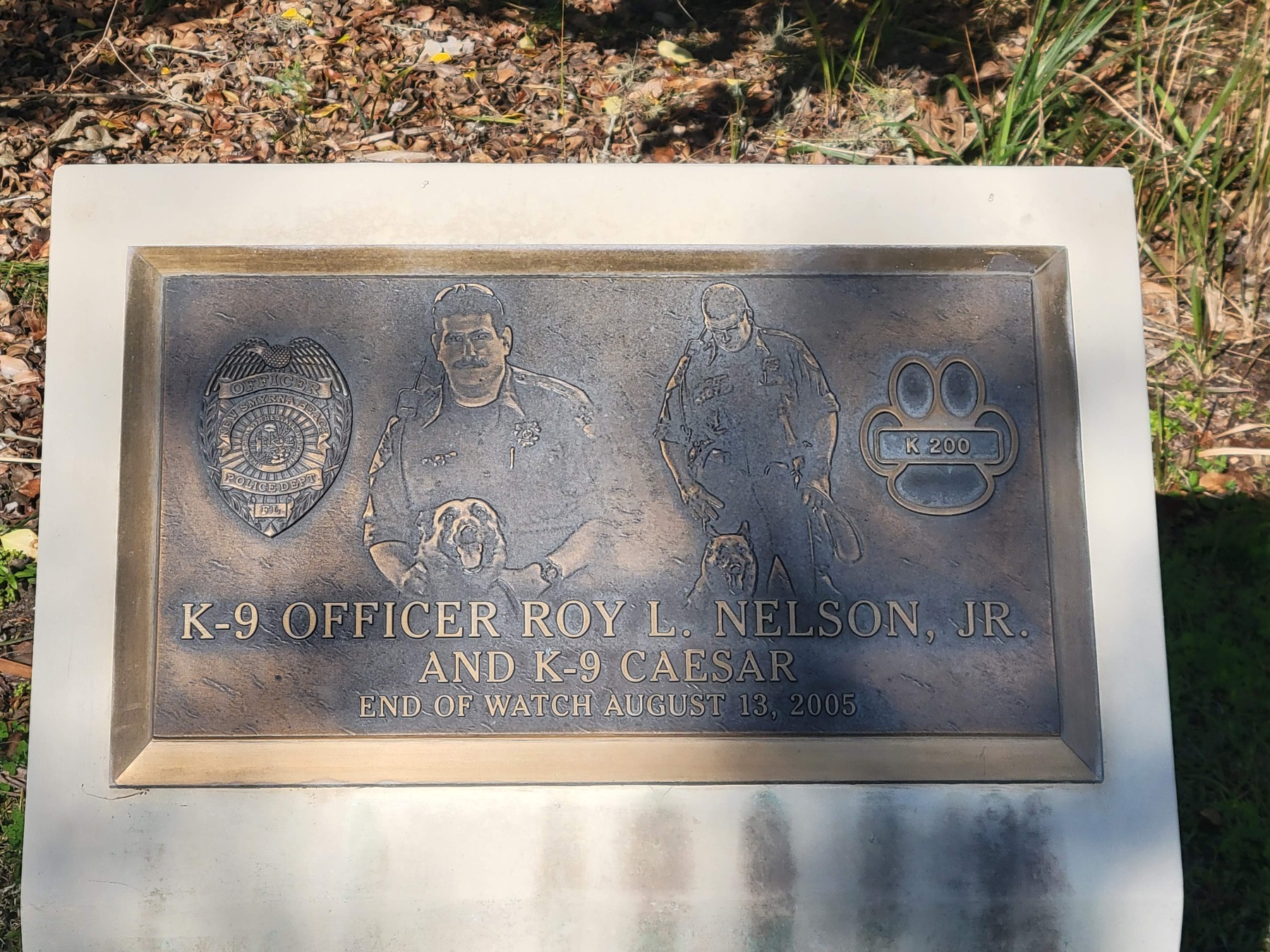
In Memory Officer Roy L. Nelson New Smyrna Beach Police Department
This post is in memory of officer Roy L. Nelson of the New Smyrna Beach, FL Police Department. Officer Nelson and his police K-9 Caesar perished in an automobile accident while on duty, August 13, 2005.
I invite you to read my other blog posts for law enforcement officers from Volusia and Flagler counties in Florida, who have died in the line of duty. You may find the master list and links to individual posts using THIS LINK. Research is ongoing for this project. If you have information or photos you would like to share, please drop me a line. I would love to be able to give you credit for your contribution.
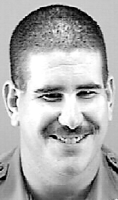 Officer Roy Nelson New Smyrna Beach Police
Officer Roy Nelson New Smyrna Beach Police
According to NSBPD Sergeant Mike Brouillette, Officer Roy L. Nelson, K-9 handler and officer on the New Smyrna Beach police department was described as having a “heart of gold” and that “he loved his job and loved being a k-9 handler.” Volusia County Sheriff’s K-9 officer Jeff Harting added, “He was a good guy. He was good-hearted and very dedicated to K-9.”
Nelson’s death shook fellow officers deeply. He was the first New Smyrna Beach police officer to die in the line of duty. Not only did Nelson perish, his faithful K-9, Caesar, a companion of two years on the force, also perished in a terrifying, high-speed, single car automobile accident. The circumstances surrounding the accident, were slow in coming, and were often contradictory.
Roy L. Nelson grew up in Lakeland, FL where his father served as a corrections officer. According to family, Nelson became interested in law enforcement after stopping to assist an injured motorcyclist. After serving as a volunteer firefighter, he would later spend five years as a Polk County firefighter before realizing his career dream of law enforcement with the New Smyrna Beach Police Department. His mother recalled him as “a wonderful son, always the first to learn everything.”
Community support in the days after Nelson’s death was overwhelming. Residents and law enforcement throughout the state provided food, emotional support, and even patrol support in order to help the family and police force cope and recover. “People want to help in whatever way they can” said Commander Bill Schulz of the Port Orange police department. The Volusia County Sheriffs office also provided deputies to help cover shifts. The City of Edgewater provided patrol officers for the night of Nelson’s accident, allowing fellow officers to grieve.
Coronado Community United Methodist Church served as host for Officer Nelson’s funeral service. More than 600 law enforcement officers were in attendance. None left the services with a dry eye. More than 250 law enforcement vehicles served as an escort for the coffin containing the body of Nelson and the ashes of Caeasar. Sea Pines Memorial Gardens is where Nelson and Caesar were laid to rest. The service featured a 21 gun salute, taps, and a four-helicopter flyover in the missing man formation.
The service ended with a traditional call over the police radio, “RCC to Kilo-2000, RCC to Kilo-2000, RCC to Kilo-2000. RCC to all listening units. RCC to all listening stations. This is to inform you that K-9 officer Roy Nelson and his faithful partner, Caesar, have reached their final resting place and will forever be 10-7.”
The Fatal Accident
Officer Nelson and K-9 Caesar died in a violent automobile accident. The details surrounding the accident were at best sketchy and often times reported before all information was fully clear.
Officer Roy L. Nelson was on duty the evening of Saturday, August 13, 2005. He was beachside at the time when he took off at a high rate of speed crossing the south causeway bridge. Officer Nelson was not wearing his seatbelt. Officer Nelson was not flashing his emergency lights and did not have his siren on when he seemingly lost control of his vehicle, hitting a guardrail, before his cruiser flipped. Shortly after 11:45 p.m., Nelson and Caesar were pronounced dead at the scene of the accident.
In the immediate aftermath of the accident, the New Smyrna Beach police would state that Nelson was responding to a burglary call. The Florida Highway Patrol began to investigate the accident. An unnamed witness provided information that a white, late model pickup had been seen turning east on the South Causeway, before Nelson’s crash. There was no indication that Nelson’s patrol car made contact with this vehicle.
In the preliminary FHP report, they stated that Nelson was responding to a “law enforcement call.” He was travelling in excess of 70mph in a 50mph zone. He was not wearing his seat belt and his flashers and siren were not activated. The report references a white pick up which pulled into Nelson’s path. Nelson swerved to avoid the truck, swerved back when he hit a guardrail, spun clockwise, flipped, and hit another guardrail, before coming to a stop.
The New Smyrna Beach Police Department provided contradictory information in the same newspaper article referenced above. A police representative states, “We are speculating as to what happened. There was no radio traffic.” No radio traffic threw into question the FHP report stating Nelson was responding to a “law enforcement call.” The NSBPD proposed several hypotheticals as to what Nelson was doing.
In the weeks following, 71-year-old Gordon Camp came forward as a person of interest. According Camp’s attorney at the time, he and his wife were returning from a party and were in the median turning east on the Causeway when Ms. Camp saw a police car “shoot” behind them at a high rate of speed with no lights or siren. They continued home, not realizing that Nelson had crashed his patrol car.
In early November, 2005, the Florida Highway Patrol recommended felony charges be filed against the Camps for leaving the scene of an accident involving death. The state attorney’s office responded, “Our review of the report requires that additional investigation is needed before we make any decision whether or not to file charges.” It is important to remember, the state attorney did not have a final report from the Florida Highway Patrol at that time and that the vehicles of Nelson and Camp did not collide.
Nearly a year and a half later, the state attorney’s office declined to pursue charges against Camp. Reasons included that “based upon physical evidence, eyewitness interviews, and accident reconstruction experts, investigators with the State Attorney’s Office determined Gordon Camp did not cause the accident that killed Officer Roy Nelson.” The state attorney’s office added that according to the final FHP report, Nelson was travelling in excess of 115 mph without his emergency lights or sirens activated.
Roy Nelson’s widow, Angie, filed a wrongful death lawsuit in the amount of $3 million against Gordon and Bonni Camp in May 2006. After the state attorney declined to press charges, the Camp’s attorney, Michael Lambert, stated, “It will become very expensive for Miss Nelson to bring the Camps in any greater than their policy limit. Its very unusual where you have a case of no contact. And if you look at the terrain down there, it would be very difficult for (Nelson) to maneuver at that speed.”
Volusia County Courts dismissed the case of Angelique R. Nelson vs. Gordon Camp and Bonni Davis Camp on January 7, 2009. The parties reached an out of court settlement.
The Aftermath
Officer Roy L. Nelson has not been forgotten.
Visit an online memorial to Nelson HERE.
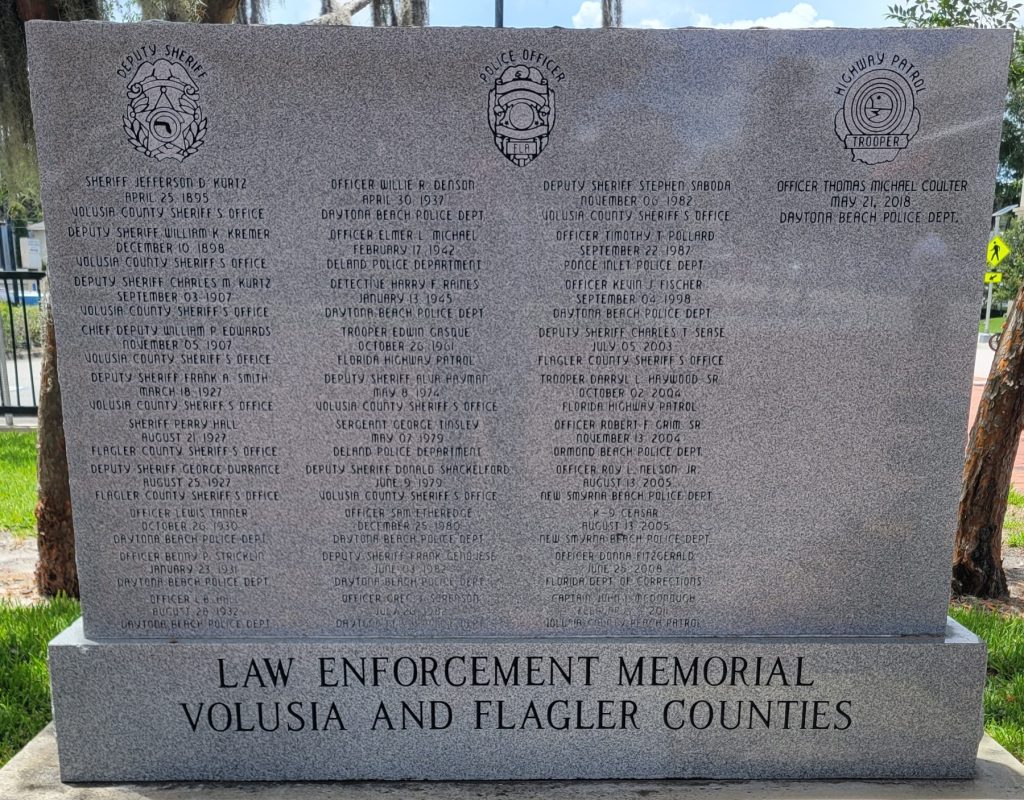 The Law Enforcement Memorial to Volusia and Flagler Counties features Nelson’s name. This impressive monument is located outside the Indiana Avenue entrance to the Historic Volusia County Courthouse in DeLand, FL.
The Law Enforcement Memorial to Volusia and Flagler Counties features Nelson’s name. This impressive monument is located outside the Indiana Avenue entrance to the Historic Volusia County Courthouse in DeLand, FL.
A small marker dedicated to Nelson and Caesar is located on the South Causeway Bridge near the location where both officers lost their lives. This marker can only be accessed safely on foot while crossing the bridge.
The memory of Roy Nelson New Smyrna Beach Police officer is never far from officers hearts and minds. Located at the NSB Police headquarters is an impressive memorial to Officer Nelson.
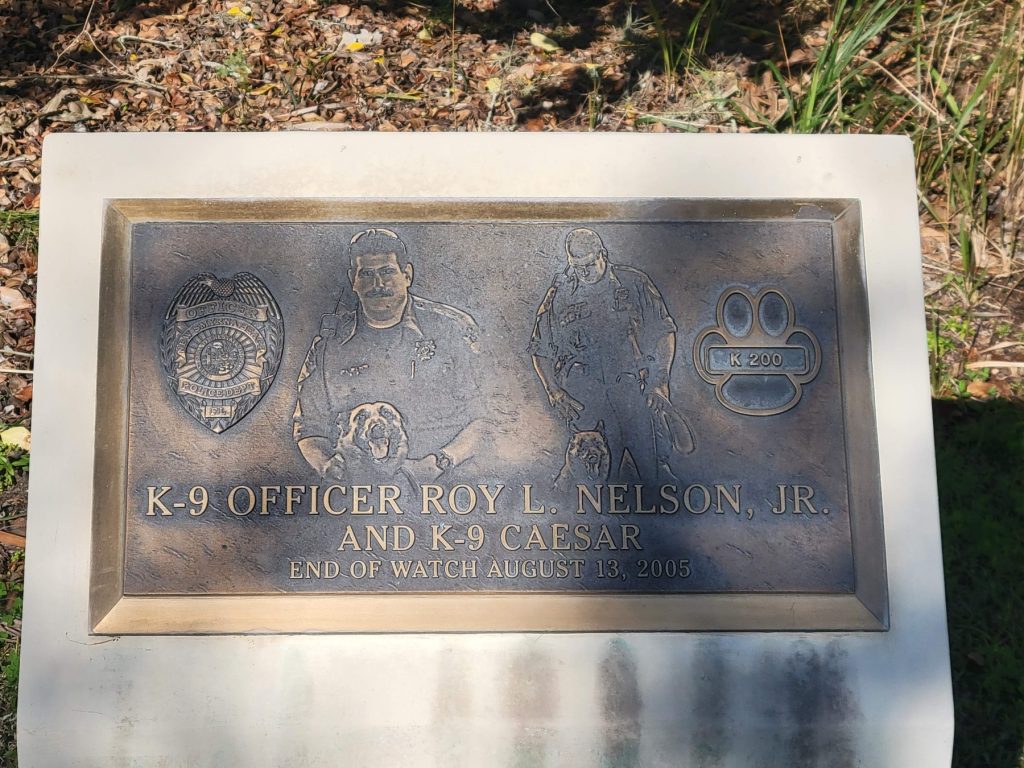





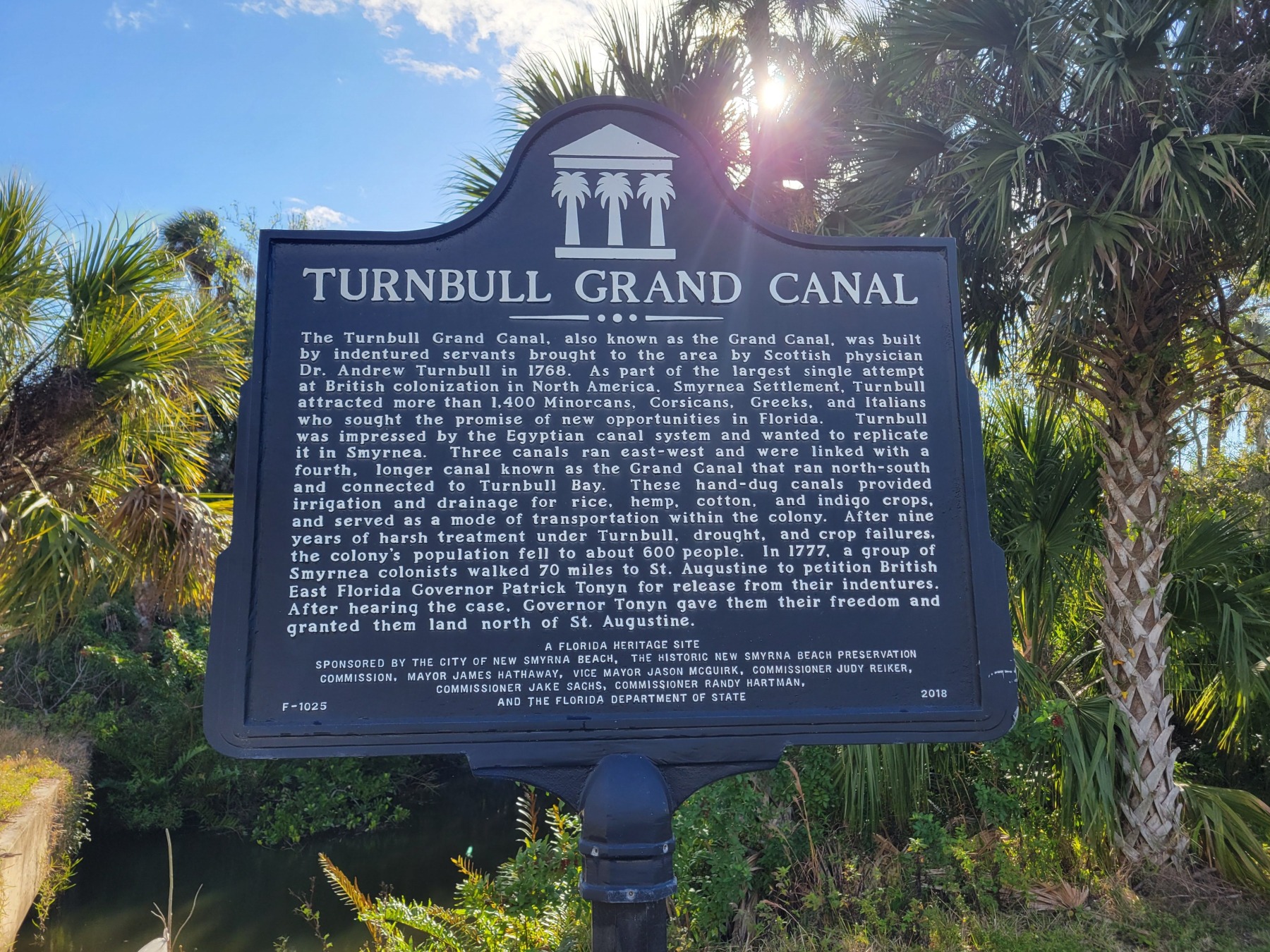

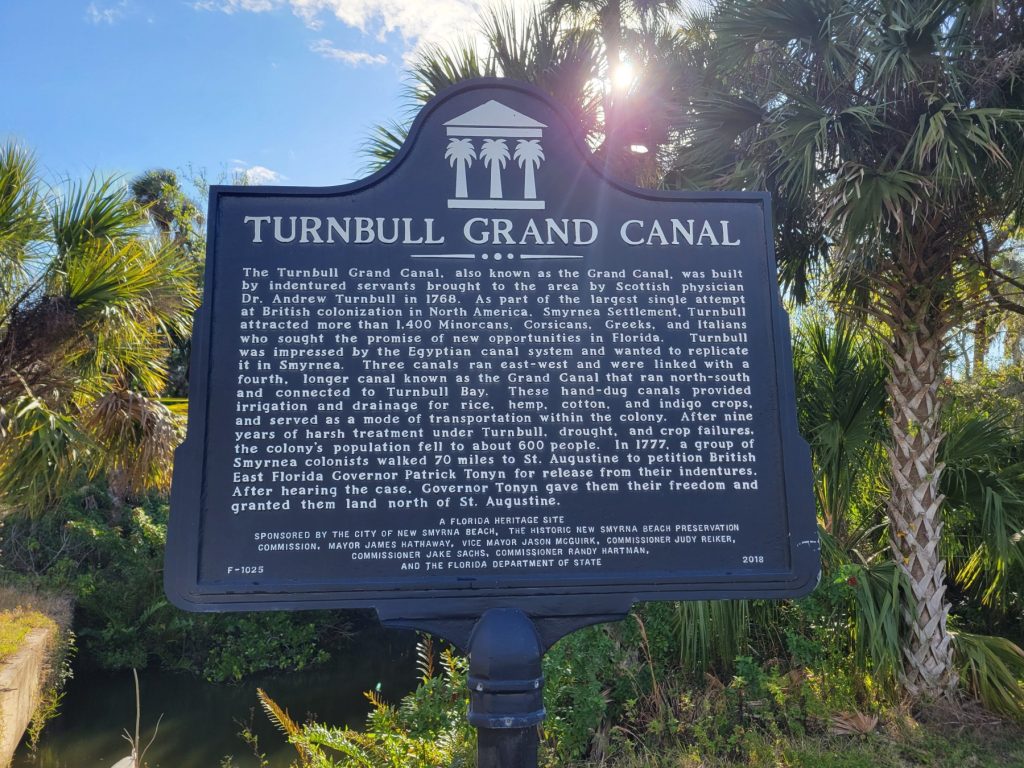
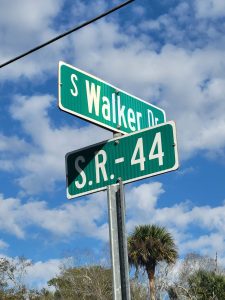
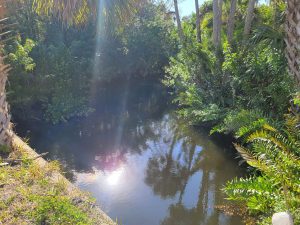
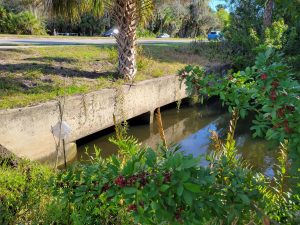
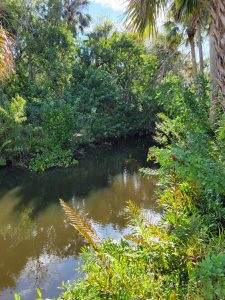

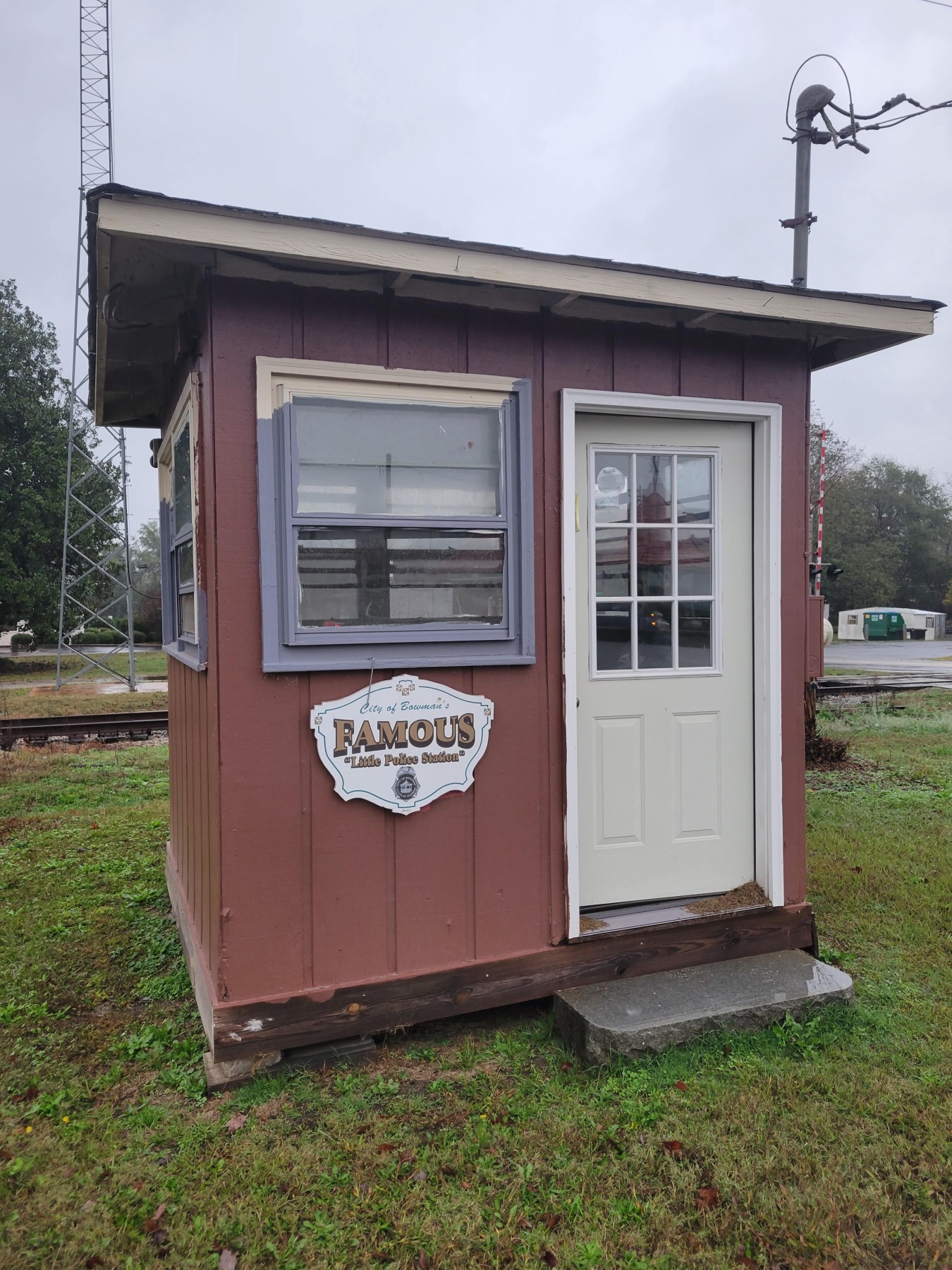

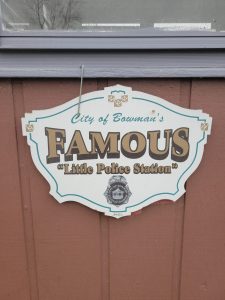
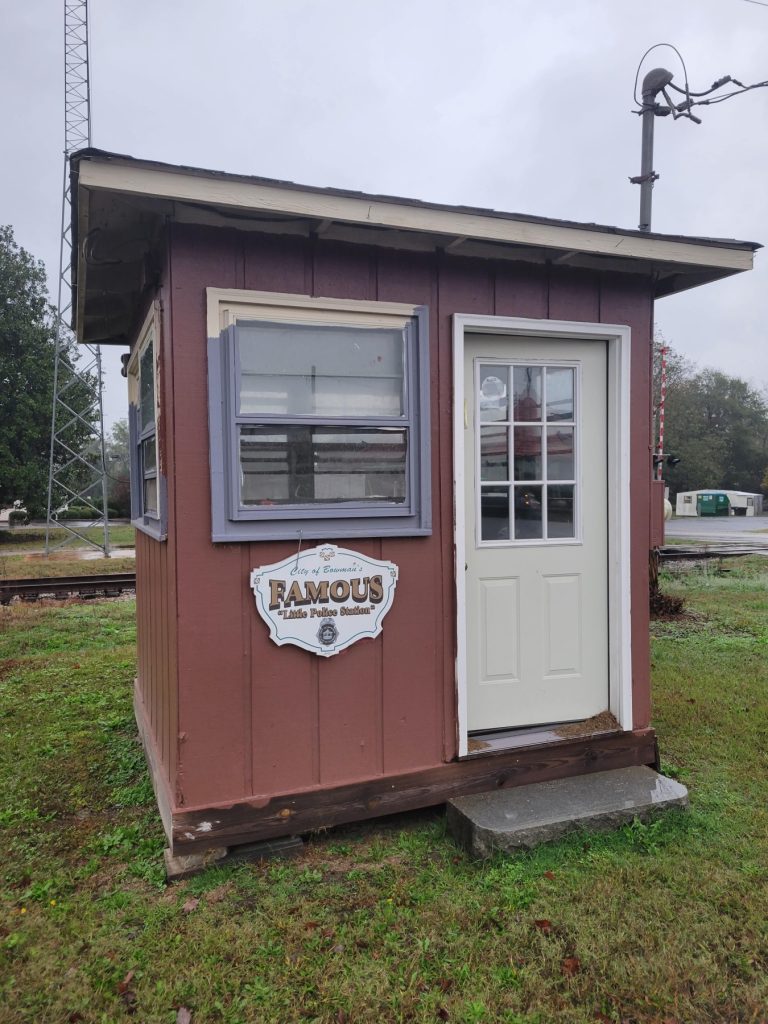

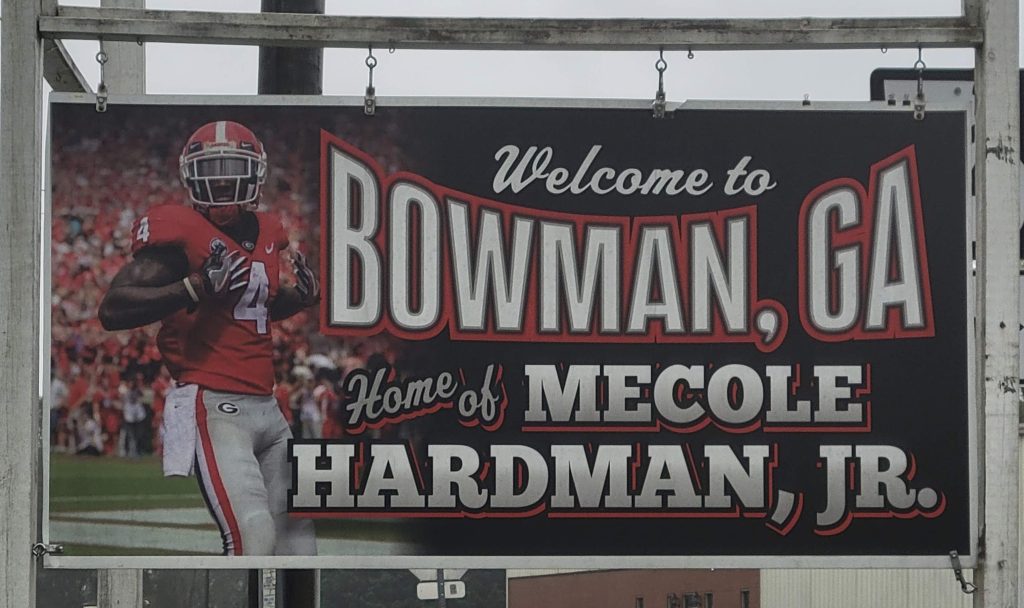
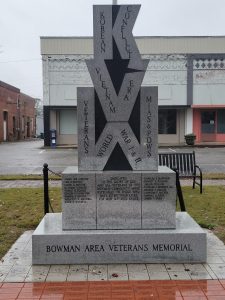
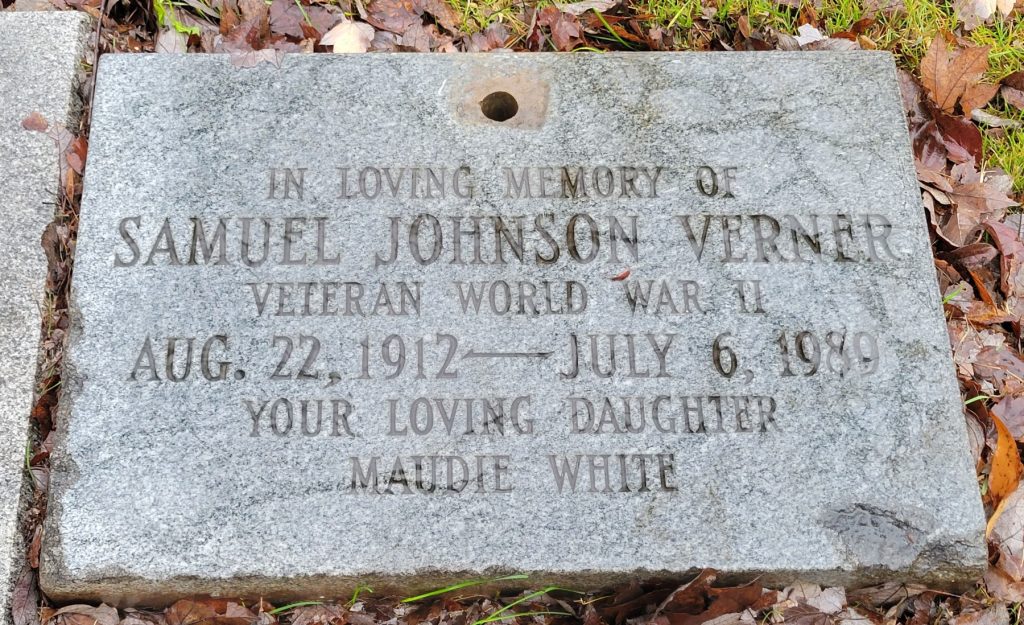

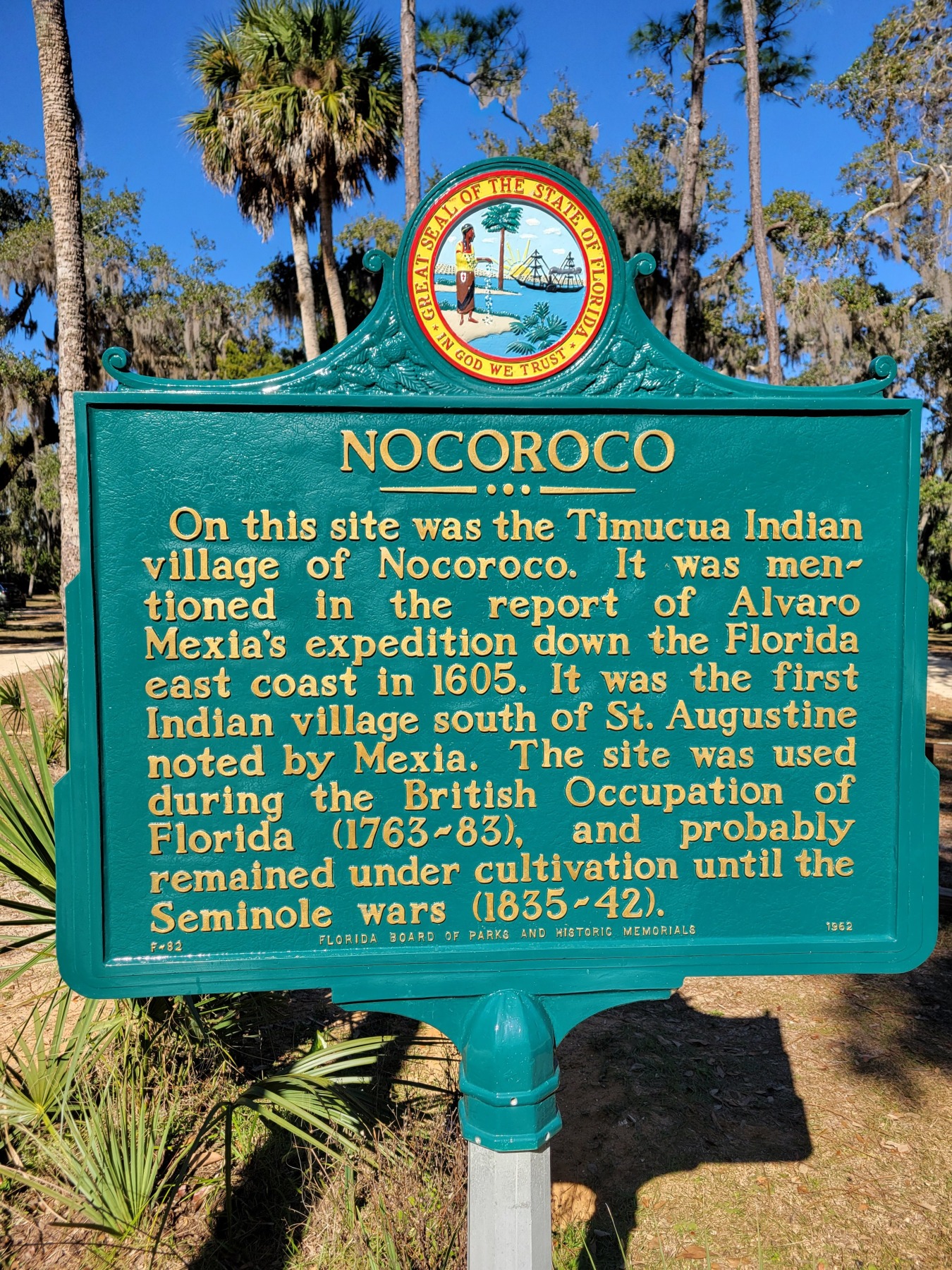
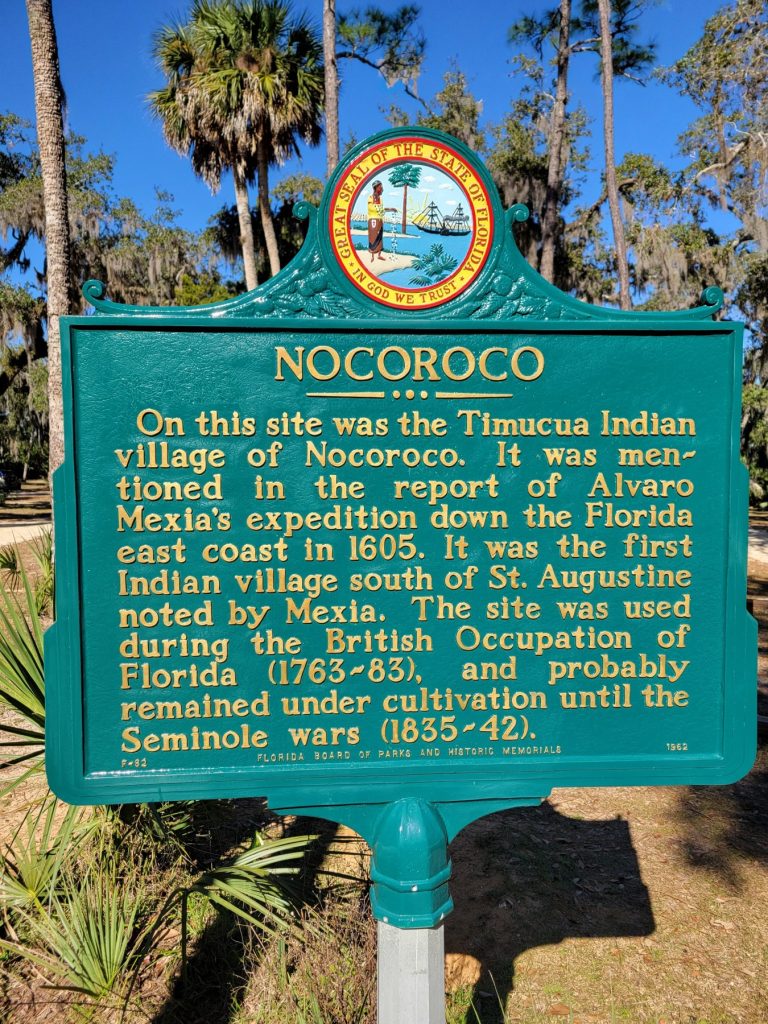
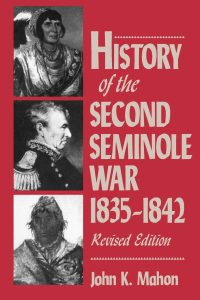

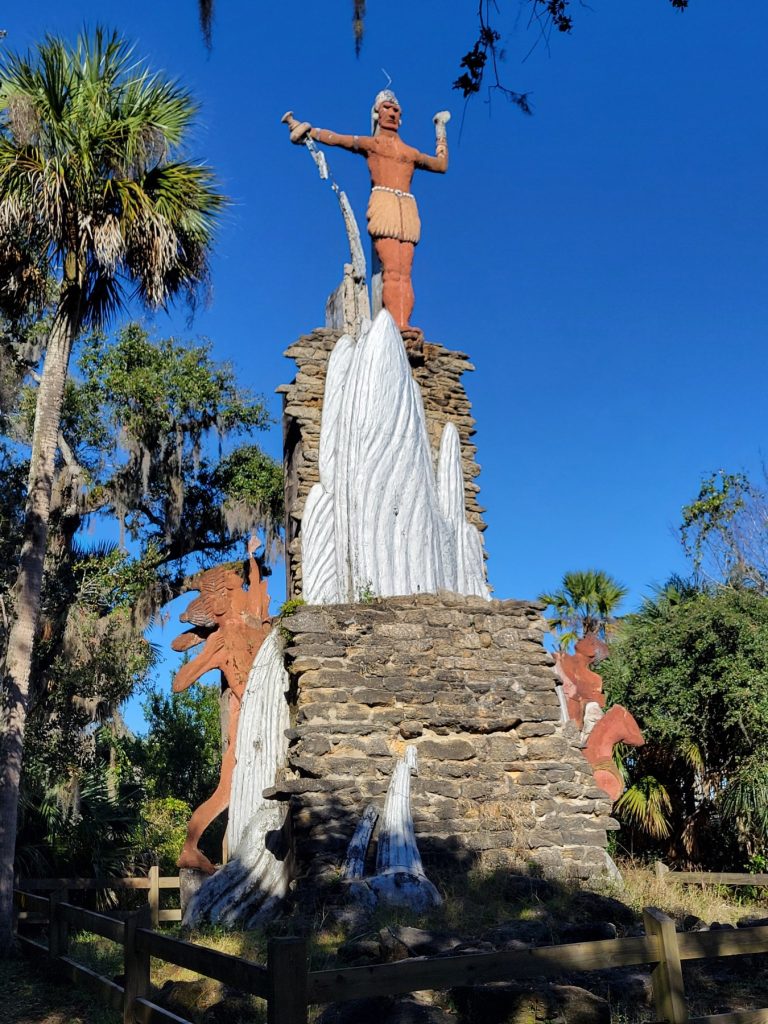
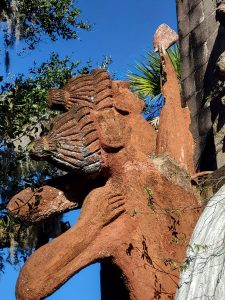 Tomokie Today
Tomokie Today